Diamond Mini Hoof Rasp – 135087599
The Diamond Mini Rasp is a very handy tool for working on foals, ponies and miniature horses. The hoof rasp’s compact design makes one-handed rasping easy and efficient.
The Diamond Mini Rasp is a very handy tool for working on foals, ponies and miniature horses. The hoof rasp’s compact design makes one-handed rasping easy and efficient. Rasp comes with a handle and is just over 13 in. long. To accommodate all your needs, the Diamond Mini Rasp can also be used to rasp and file sheep and goat hooves.
- Sharp rasp side for easy hoof removal
- Intermediate file side for a clean finish
- Ergonomic handle included for a comfortable grip
- 13 in. overall length
- Handy for working on foals, ponies and miniature horses
- Compact design for easy one-handed use
- Excellent tool for horse owners in the barn and on the trail
- Multi-species hoof rasp also supports goat and sheep owners
Additional information
| Handle Length | 5 in. |
|---|---|
| Handle Material | Plastic |
| Handle Width | 1.5 in. |
| Head Length | 8.5 in. |
| Head Material | Steel |
| Head Width | 2 in. |
| Product Weight | 1.04 lb. |
| Manufacturer Part Number | HR8N |



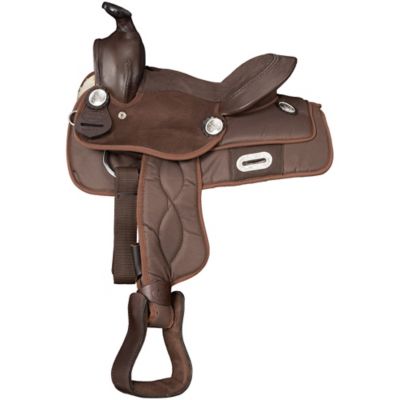
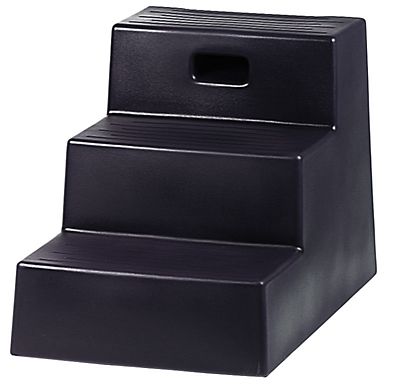

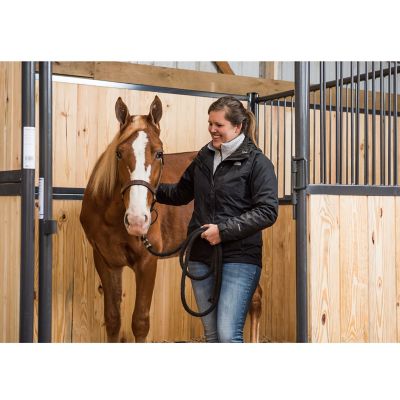

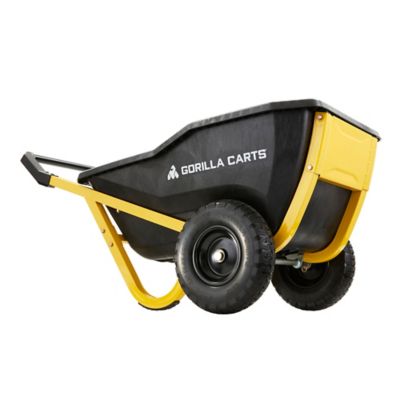
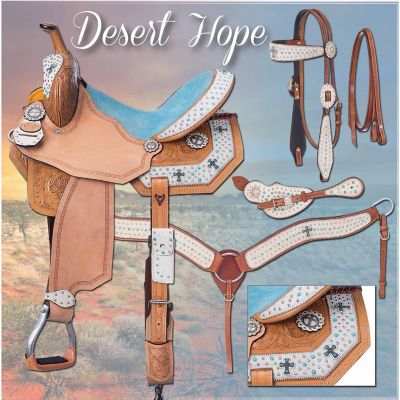
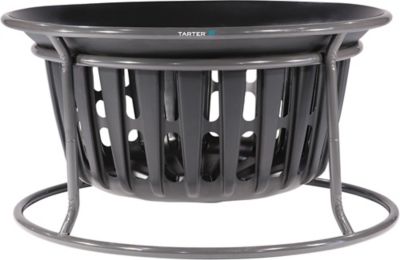
by Sandie
I bought this for my 110# mini pig. Its a little big but work good.
by Kett
Perfect size! Easy to work and great for tidying up hooves.
by Sandy
Fits in hand great, the weight of the min rasp is perfect.